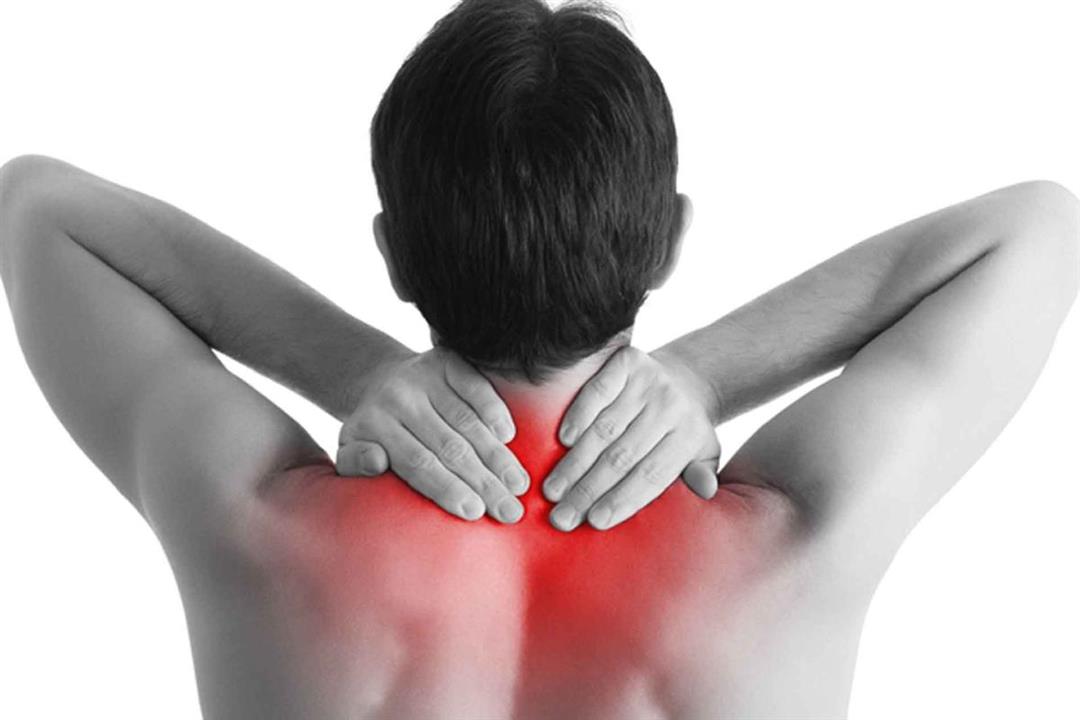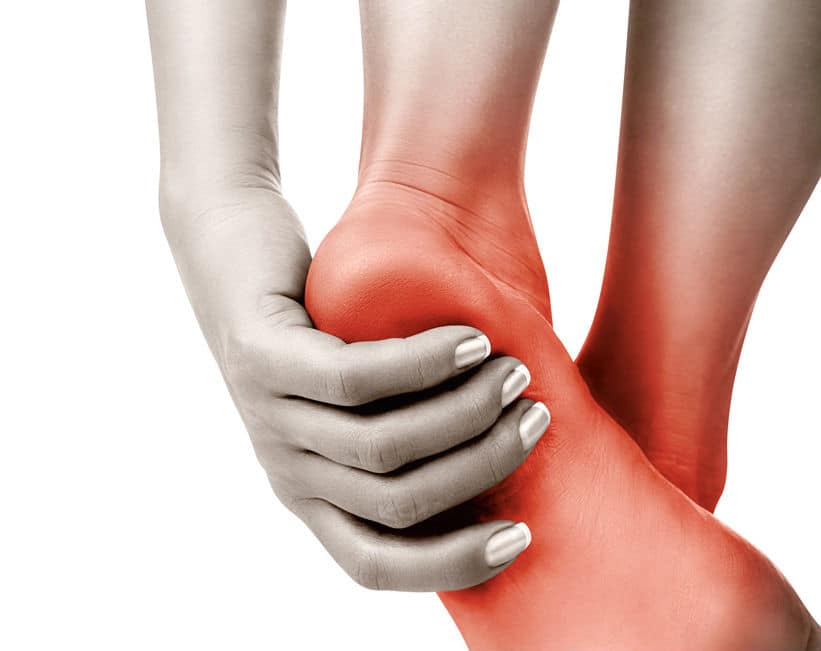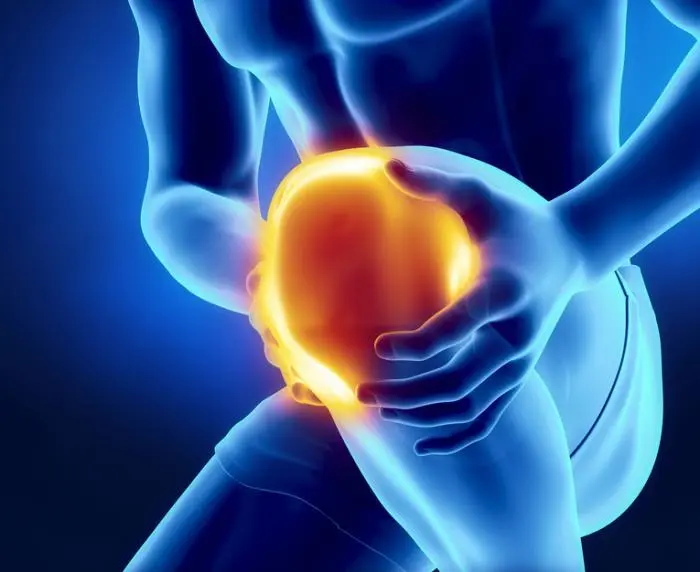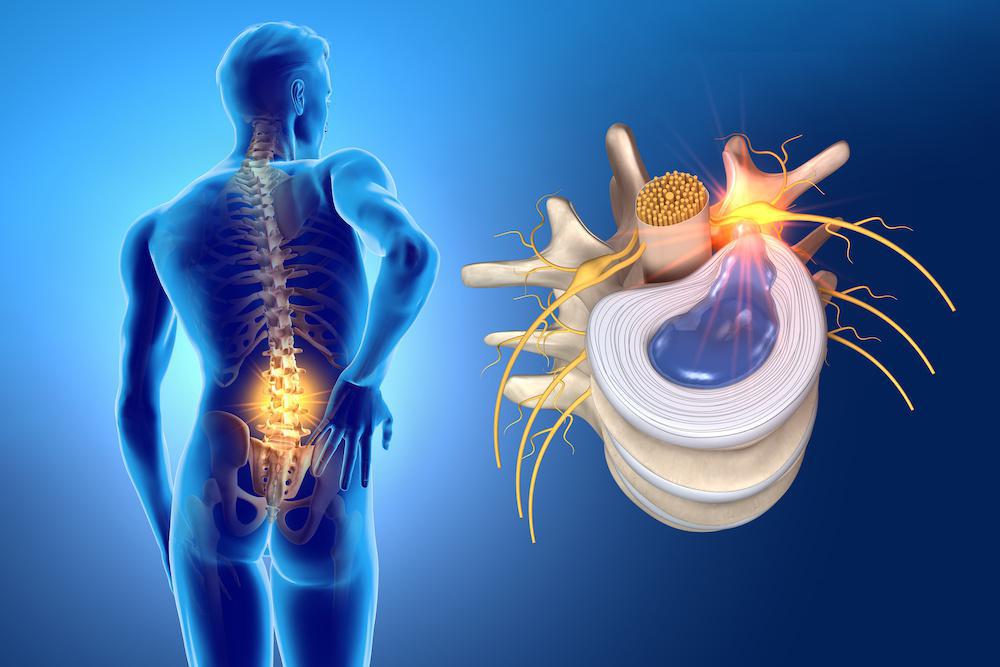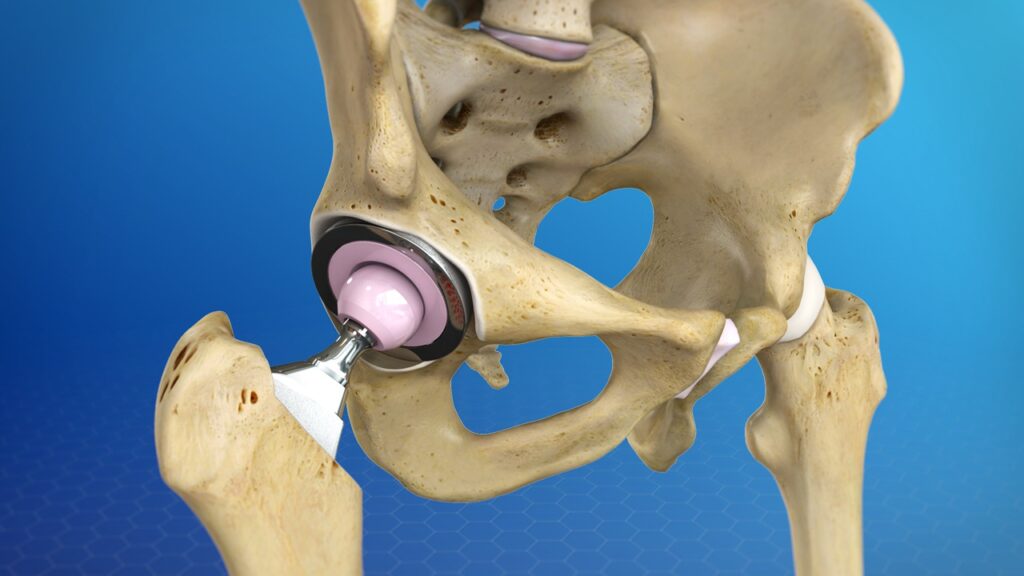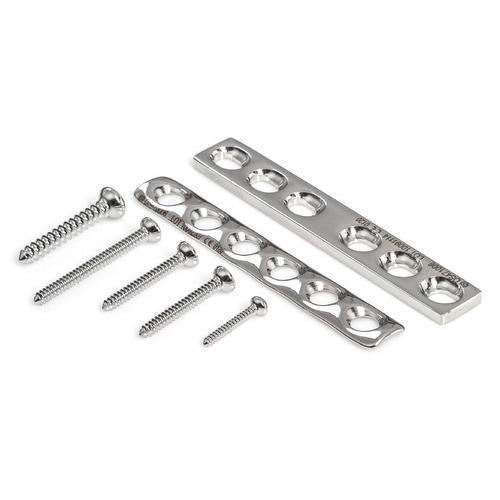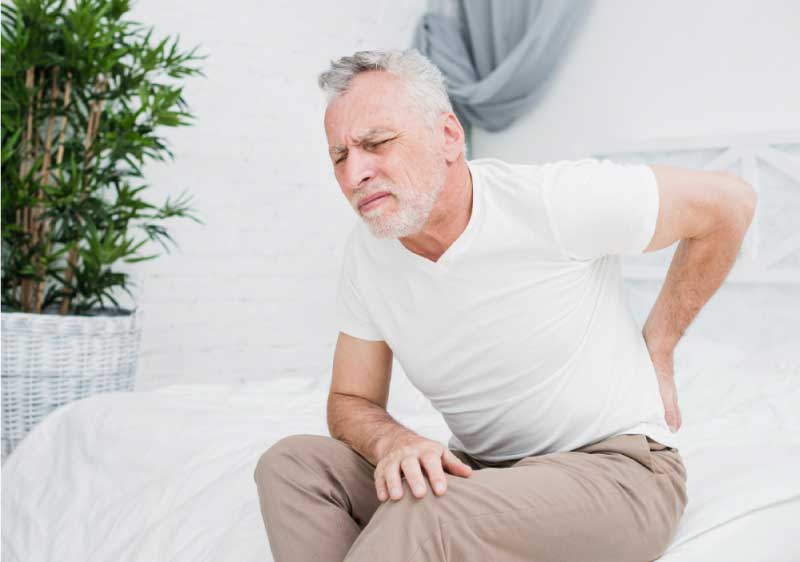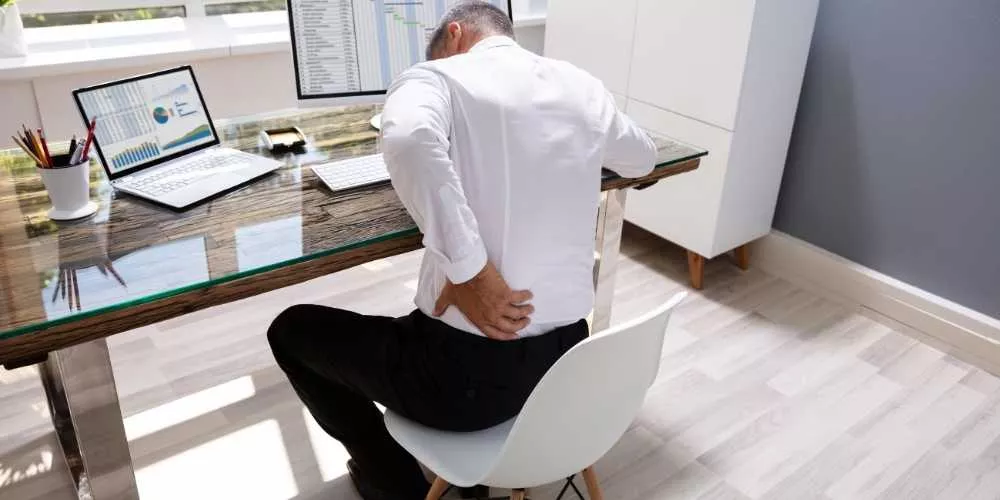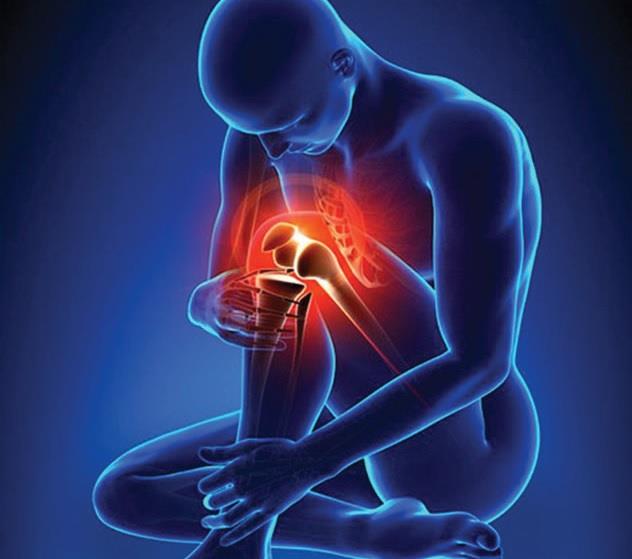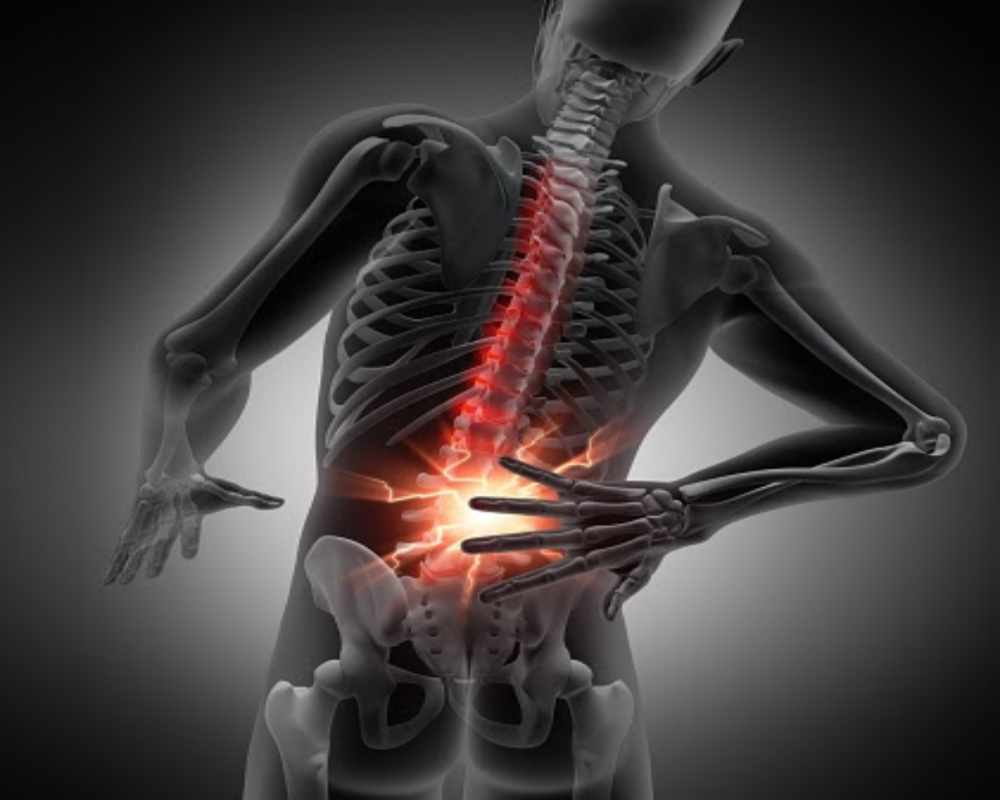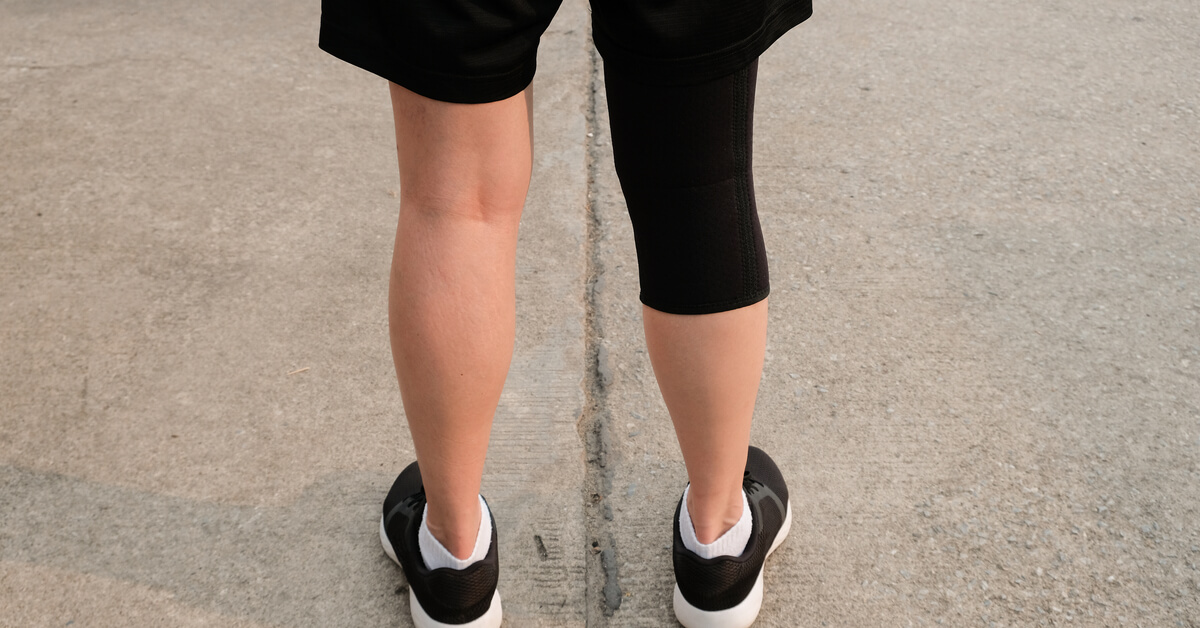What You Don’t Know About Neck Pain and Its Causes
Neck Pain
When a person experiences neck pain, they may have difficulty moving their head freely and may suffer from severe discomfort. Neck pain is a common issue that affects many individuals. Failing to properly address these pains can lead to the worsening of the problem and the deterioration of the condition.
In this article, we will shed light on some possible causes of neck pain and how to deal with it.
Possible Causes of Neck Pain:
Muscle Tension: Tension and contraction in the neck and shoulder muscles can be a cause of pain. This tension can result from poor posture, improper sleeping positions, or due to psychological stress and pressure. Arthritis: Inflammation in the joints between the cervical vertebrae can lead to neck pain. People with arthritis conditions like rheumatoid arthritis and gouty arthritis may experience chronic neck pain. Disc Disorders: Pressure on the nerves in the neck can occur due to disc herniation or bulging between the vertebrae. This can cause sharp neck pain that may radiate to the arms and shoulders. Injuries: Neck injuries can result from accidents, such as car crashes or falls. These injuries can cause severe neck pain and affect neck mobility. Muscle Overstretching: Excessive muscle stretching in the neck can lead to pain. Overexertion in sports or rapid movements can be a primary cause of this overstretching.
Dealing with Neck Pain:
Heat and Cold Therapy: Hot baths or cold packs can be used to alleviate neck pain. Hot baths can help relieve muscle tightness and improve blood circulation, while cold packs can reduce swelling and irritation. Stretching Exercises: Regularly performing stretching exercises can help strengthen and improve the flexibility of neck muscles. These exercises can help alleviate tension and contraction and improve neck mobility. Relaxation Techniques: Relaxation techniques like meditation and deep breathing can be used to reduce psychological and mental stress, contributing to the relief of neck pain. Physical Therapy: In cases of chronic and severe pain, physical therapy or physiotherapy may be necessary. Doctors can provide guidance and prescribe different therapeutic sessions to alleviate neck pain and improve its movement.
Neck pain is not just a minor inconvenience but can impact a person’s life and overall health. It is important to identify the root causes of these pains and take appropriate measures to treat them and prevent their recurrence in the future. If neck pain persists for an extended period or worsens, it is essential to consult a physician for an accurate diagnosis and proper treatment.
When Are Neck Pains Serious?
Neck pain is a common issue that many people experience at some point in their lives. Typically, these pains result from neck muscle aches or nerve tension and are of a temporary nature, often posing no threat to health.
However, there are certain cases in which individuals need to exercise caution as neck pains could be indicative of a more serious health problem. In this article, we will highlight some symptoms to watch for that may suggest the seriousness of neck pain.
- Continuous and Severe Pain: If neck pain intensifies and persists for an extended period without improvement, it could be a sign of a serious health issue. This may result from inflammation of the neck’s joints or spinal stenosis. Consulting a specialist doctor for a proper diagnosis and appropriate treatment plan is essential.
- Muscle Weakness and Numbness in Limbs: If there is tingling or numbness in the upper or lower limbs, especially when accompanied by muscle weakness, it may indicate nerve compression in the neck. This could be due to cervical disc herniation or the presence of a tumor. Immediate medical consultation is required to evaluate the condition and determine suitable treatment.
- Difficulty Controlling Bowels and Bladder: If neck pain is accompanied by difficulty controlling bowel and bladder functions, it may indicate pressure on the spinal cord in the neck. This is a serious symptom that requires immediate medical consultation.
- Breathing Difficulties: If there is difficulty in breathing along with neck pain, it may be a sign of a lung or heart problem. Promptly consulting a doctor is necessary to determine the cause and take necessary measures.
- General Health Changes: If there are noticeable changes in overall health status and symptoms such as persistent fever and unexplained weight loss, it could indicate a serious health problem. This might suggest inflammatory joint conditions (rheumatoid arthritis) or even a malignant tumor. Consulting a doctor for an accurate diagnosis and starting appropriate treatment as soon as possible is crucial.
In conclusion, it is important for us to be aware and able to distinguish between common neck pains that constitute a temporary health burden and symptoms that may point to a more serious health issue. If there is any doubt, consulting a specialized doctor for a precise assessment and necessary treatment is advised.
What Causes Neck Pain from Behind?
Neck pain from behind is a common issue that many people experience at various times in their lives. The causes of this pain can be related to several potential factors, which may include poor body posture, muscle and ligament injuries, muscle spasms, nerve compression, or joint inflammation.
In this article, we will explore some of the most common causes of neck pain from behind and provide some guidance that may help alleviate this discomfort.
Causes of Neck Pain from Behind:
- Poor Body Posture: One of the reasons for neck pain from behind can be an incorrect body posture while sitting or sleeping. When the head and neck are in a tilted or inverted position for extended periods, it can increase pressure on the muscles and ligaments in the neck area.
- Muscle and Ligament Injuries: Injuries to the muscles and ligaments in the neck region can occur due to accidents or exposure to shocks, such as car accidents or falls from heights. This can lead to muscle tears or ligament inflammation, causing severe pain in the neck area.
- Muscle Spasms and Contraction: Muscle spasms may occur in the muscles surrounding the neck due to nerve tension, exposure to cold, or excessive muscle use. These spasms increase pressure on the muscles and ligaments in the neck, leading to pain.
- Nerve Compression: There may be compression of nerves in the neck area due to muscle contractions or swelling in the surrounding tissues. This compression can cause severe pain and numbness in the neck, arms, and hands.
- Joint Inflammation: In some cases, neck pain from behind can be caused by joint inflammation, such as cervical arthritis. Arthritis can lead to increased cartilage wear and tear, resulting in difficulty moving the neck and severe pain.
In conclusion, neck pain from behind can have various underlying causes, including poor posture, muscle and ligament injuries, muscle spasms, nerve compression, and joint inflammation. It’s essential to identify the specific cause of your neck pain and seek appropriate medical advice and treatment to address the issue effectively.
Ways to Relieve Neck Pain from Behind Application of Ice and Heat: Ice packs or cold compresses can be used to reduce swelling and irritation in the neck area. After 48 hours, a warm heating pad can be used to alleviate pain and increase blood flow to the affected area.
Neck Exercises: Neck exercises can help strengthen the muscles around the neck and improve their flexibility. It is recommended to visit a physical therapist to learn appropriate exercises and proper techniques.
Stress and Psychological Pressure Management: Nervous stress and psychological pressure can increase muscle tension in the neck area, leading to increased pain. Relaxation techniques and deep breathing exercises are advised to reduce psychological pressure.
Maintaining Proper Body Posture: Efforts should be made to maintain good body posture while sitting, sleeping, and using electronic devices. Providing proper support for the neck and avoiding its twisting or tilting for extended periods is recommended.
Physical Therapy: In cases of severe and persistent pain, physical therapy may be recommended. Massage and manipulation techniques can be used to relieve muscle tension and improve neck mobility.
How to Treat Neck Pain at Home
Neck pain and stiffness are common issues that many people experience in their daily lives. While this problem can be bothersome, it can be treated and relieved using some simple home remedies. In this article, we will provide you with some tips to treat neck pain at home.
Sleep on a Firm Mattress: Sleeping on a firm and level mattress is considered one of the most important ways to alleviate neck pain and stiffness. Often, the appearance of this problem is associated with uncomfortable sleep on an unsuitable mattress. Therefore, it is preferable to use a firm mattress that provides the necessary support for the spine and neck.
Check Your Sleeping Position: Your sleeping position may not be suitable and may contribute to the onset of neck pain. Therefore, you should check your sleeping position and ensure that it is correct. You may need to try different positions, such as sleeping on your side or lying on your back, and use comfortable pillows to support your neck.
Utilize Heat and Cold: Using heat and cold is an effective way to relieve neck pain. You can use hot packs or electric heating pads cautiously to relieve tension and pain in the affected area. Conversely, you can use ice packs or cold compresses to reduce inflammation and soothe the area.
Apply Massage Therapy: Massage is considered one of the effective treatments for neck pain and stiffness. You can use essential oils like lavender or peppermint oil and gently massage the painful area in circular motions. Massage helps relieve tension, reduce inflammation, and ultimately alleviate neck pain.
Practicing Neck Exercises: Exercises targeting the neck muscles are considered helpful ways to alleviate neck pain and strengthen it. You can slowly rotate your head in a circular motion, tilt your head to the sides, and tilt it forward and backward. Perform these exercises with caution and slowness to avoid muscle injury.
Avoid Heavy Lifting: Carrying heavy weights can strain neck muscles and increase pain, so you should avoid lifting heavy objects improperly. Ensure using the correct lifting technique and seek assistance when necessary.
Practice Meditation and Relaxation: Meditation and relaxation are useful methods for relieving neck pain and increasing its flexibility. You can practice deep breathing and focus your attention on the painful area to help reduce tension and calm down.
Rest and Stress Avoidance: Stress and tension may be causes of neck pain, so you should practice techniques that promote relaxation and help relieve stress. Engage in gentle exercises like yoga or meditation and rely on deep breathing techniques to calm the body and mind.
Remember that if neck pain persists or worsens, you should consult a specialist to obtain an accurate diagnosis and comprehensive treatment. The doctor may recommend medical interventions if necessary, such as physical therapy or the use of some pain-relieving medications.
What Are the Symptoms of Cervical Disc Herniation?
Cervical disc herniation is a condition caused by problems with the discs between the vertebrae in the neck region, and it can have a significant impact on a person’s health and quality of life. Here are some common symptoms of this condition:
Neck Pain: Neck pain is one of the most common symptoms of cervical disc herniation. You may experience sharp pain in the back of the neck or on the sides. This pain can be continuous or appear suddenly and worsen with movement.
Numbness or Tingling in the Upper Limbs: Cervical disc herniation can lead to pressure on the nerves exiting from the neck area, resulting in numbness or tingling in the fingers, hands, or arms.
Weakness: Affected individuals may feel weakness in their hands or arms. It may be difficult for them to lift heavy objects or perform tasks that require hand strength.
Difficulty in Movement: Those with cervical disc herniation may have difficulty moving their head and neck freely. It may be challenging for them to rotate their head left and right or tilt it forward and backward.
Arm Pain: Affected individuals may experience pain in the affected arm, and this pain may extend from the neck to the shoulder, arm, and hand.
Nerve Pain: Cervical disc herniation can lead to the compression of nerves in the neck area, resulting in sharp or severe pain along the path of these nerves.
If you are experiencing these symptoms, you should seek out a spinal specialist for an accurate diagnosis and the appropriate treatment. The doctor may conduct a comprehensive examination and request some imaging tests, such as X-rays or MRI scans, to better evaluate your condition.
Treatment for Cervical Disc Herniation
The treatment for cervical disc herniation may include a variety of options, including:
- Rest and Conservative Treatment: You may be advised to avoid activities that worsen your symptoms and use heat or ice to relieve pain. You may also need to wear a neck brace to limit its movement.
- Physical Therapy: Your doctor may recommend physical therapy sessions to strengthen the neck muscles, improve flexibility, and alleviate pain.
- Medications: The doctor may prescribe pain-relieving medications to alleviate pain, swelling, and inflammation associated with disc herniation.
- Surgery: In severe cases and when conservative treatment is not effective, discectomy surgery may be recommended to remove damaged discs or repair the herniation.
No matter which treatments are recommended in your case, you should work closely with your healthcare team to ensure the best results. Remember that it’s important to start treatment early to minimize the progression of the problem and the worsening of symptoms.
How to Relieve Neck Muscle Tension?
Chronic muscle tension in the neck and shoulder muscles is a common condition faced by many people in their daily lives. It can cause pain and discomfort in the neck area and sometimes extend to the shoulder and arm. Fortunately, there are several methods to alleviate muscle tension and reduce pain. Let’s take a look at some tips that may help.
Using Cold and Heat Packs: Cold and heat packs can be used to relieve pain and neck tension. You can apply a cold pack to the affected area for 15-20 minutes, then replace it with a warm pack to relax the tight muscles. It is advisable to use this method several times a day.
Practice Meditation and Relaxation: Some believe that psychological stress and anxiety can cause neck muscle tension. Therefore, you can try meditation and relaxation exercises to calm your mind and body. Relaxation can be achieved through deep breathing and imagining yourself in a quiet and comfortable place.
Avoid Uncomfortable Positions: It is important to take precautions to avoid uncomfortable positions that may lead to increased tension in the neck muscles. You may need to adjust the position of your computer, work chair, or use comfortable cushions for support.
Engage in Rehabilitative Exercises: Regularly practicing rehabilitative exercises is one of the methods that help treat chronic muscle tension in the neck. It is recommended to engage in exercises that target the strength and flexibility of the neck and shoulder muscles, such as stretching exercises and neck massage.
Specialized Medical Treatment: If chronic muscle tension persists and causes severe pain, interfering with your daily life, you may need to consult a specialized physician. Doctors, physical therapists, and specialists in physical therapy can guide you on the best available treatments for your condition.
Avoid Strenuous Activities: Strenuous activities and repetitive movements can exacerbate neck muscle tension. Therefore, it is important to avoid these activities and focus on rest and gentle exercises to alleviate tension.
Please note that these recommendations are general advice and do not substitute for consulting a specialized physician. Some cases may require a more precise evaluation and direct treatment. Remember that safety and personal comfort are always paramount.
